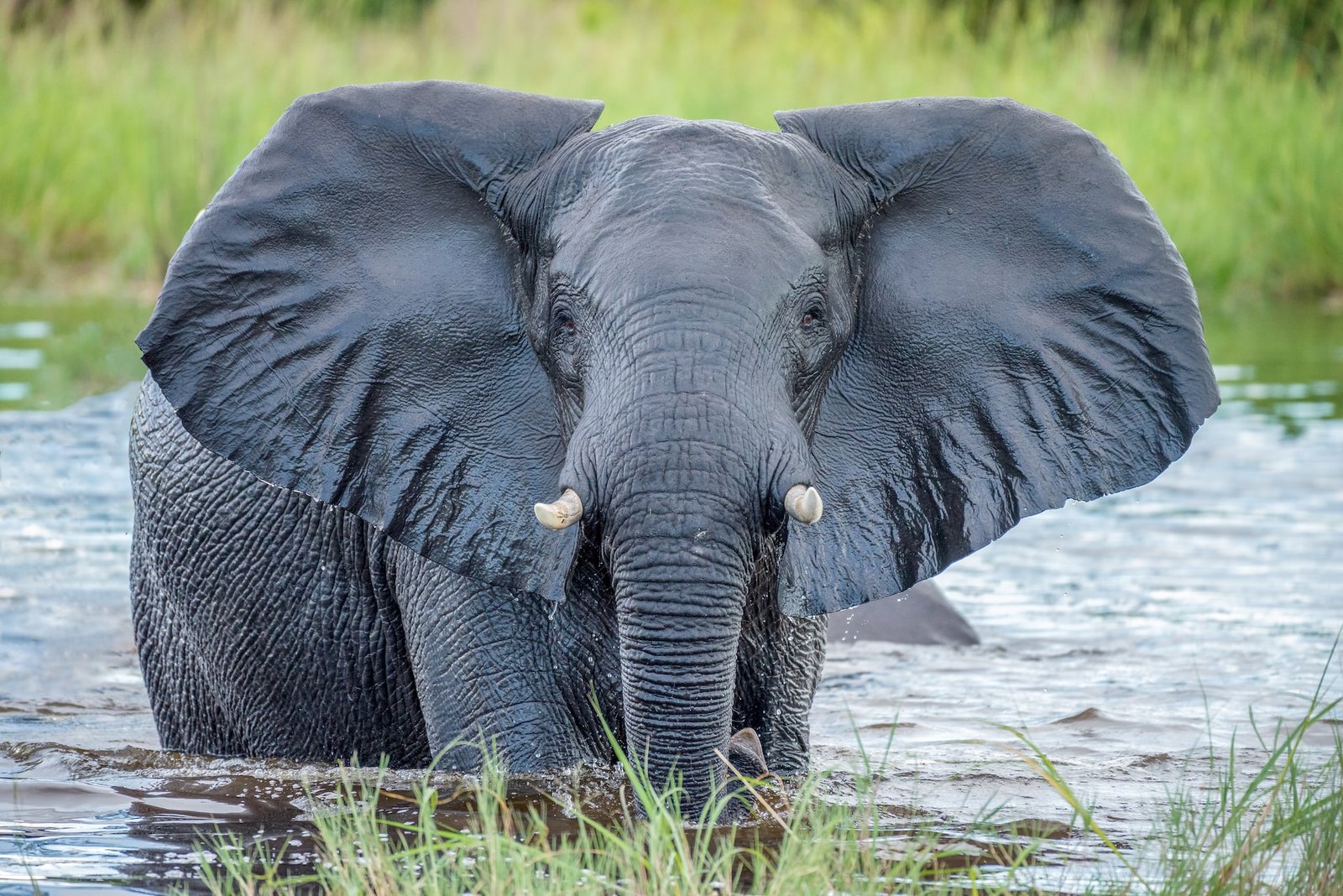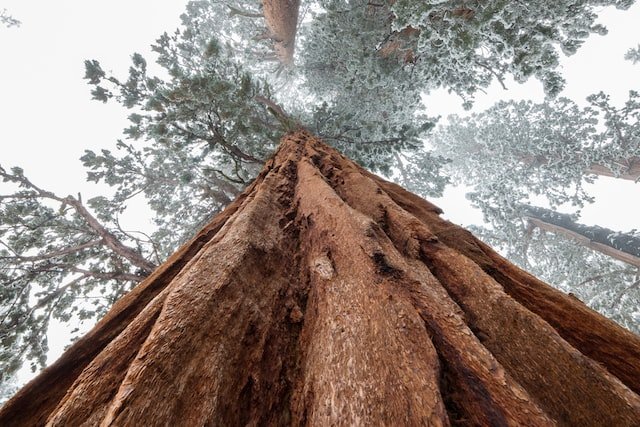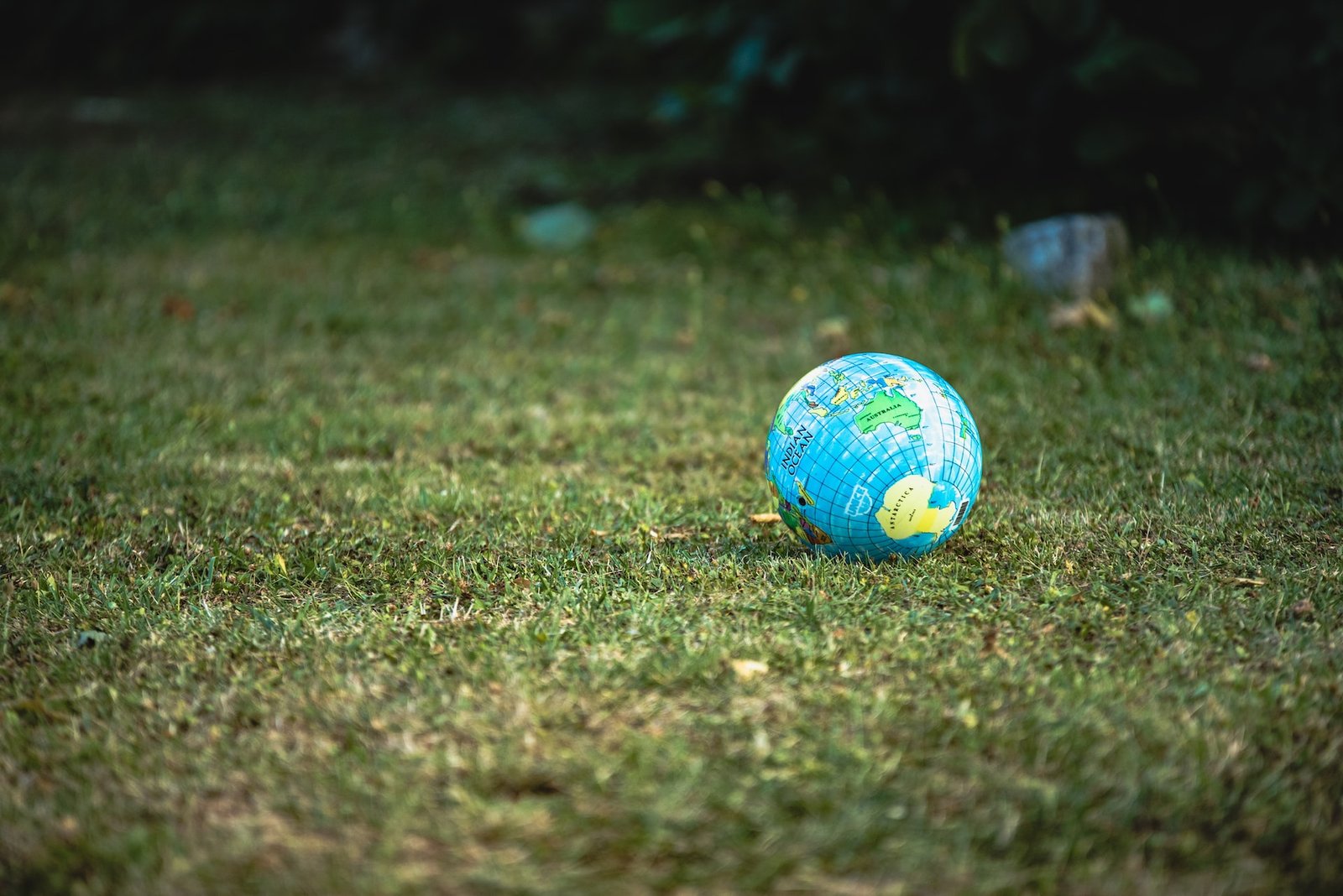This article considers mostly extant species when listing the largest species for various types of organisms. The organism sizes listed are frequently regarded as “outsized” and do not fall within the normal size range for the respective group.
The largest organisms now found on Earth can be determined by a variety of factors, including mass, volume, area, length, height, and even genome size. Some organisms, such as ants or bees, form superorganisms, but these are not classified as single large organisms. The Great Barrier Reef is the world’s largest living structure, stretching 2,000 km (1,200 mi), but it contains many organisms of various species.
The largest organisms, when considered singular entities, are clonal colonies that can spread over large areas. Pando, a clonal colony of the quaking aspen tree, is widely regarded as the most massive such organism.
Even if such colonies are excluded, trees continue to dominate this list, with the giant sequoia being the largest. Posidonia oceanica clonal colony was discovered south of the island of Ibiza in 2006. It may be one of the largest and oldest clonal colonies on the planet, measuring 8 kilometers (5 miles) across and estimated to be 100,000 years old.
The largest animal species are all marine mammals, specifically whales. The blue whale is thought to be the largest animal ever to have lived. Mammals also dominate the largest land animal classification, with the African bush elephant being the largest of these.
Plants
The giant sequoia, native to the Sierra Nevada and California, is the largest single-stem tree by wood volume and mass; it typically grows to a height of 70-85 m (230-280 ft) and a diameter of 5-7 m (16-23 ft).
According to mass, the world’s largest organism is the aspen tree, whose clonal colonies can grow up to 8 kilometers (5 miles) long. Pando, in Utah’s Fishlake National Forest, has the largest such colony.
Posidonia australis, a giant marine plant found in Shark Bay, Australia, far outnumbers Pando as the largest organism on the planet in terms of area and, most likely, mass. It is approximately 180 km (112 mi) long and covers an area of 200 km2. (77 sq mi).
Animals
The Blue Whale is thought to be the largest animal ever to have lived. The maximum recorded weight was 190 tonnes for a specimen measuring 27.6 meters (91 feet), but longer specimens measuring up to 33.6 meters (110 feet) have been recorded but not weighed. However, it is estimated that this individual could weigh 250 tonnes. Lion’s mane jellyfish (36.6m / 120 ft) is most likely the longest non-colonial animal.
The African bush elephant is the largest land animal alive today. This elephant is a native of various open habitats in Sub-Saharan Africa, and it is commonly born weighing around 100 kilograms (220 lb). In 1974, the largest elephant ever recorded was shot in Angola. It was a male with a height of 10.67 meters (35.0 ft)






















